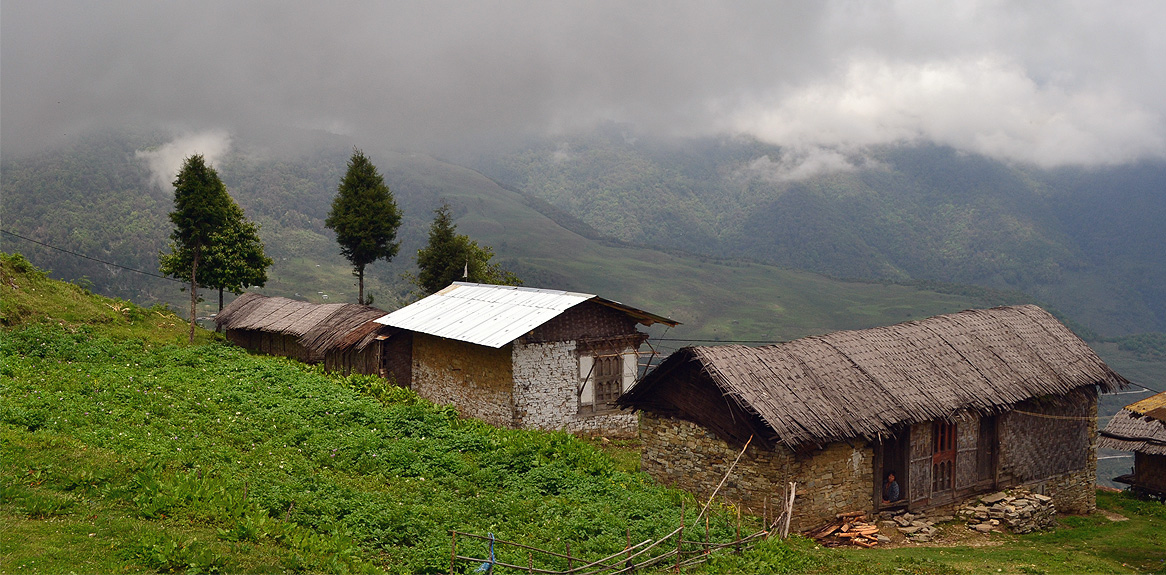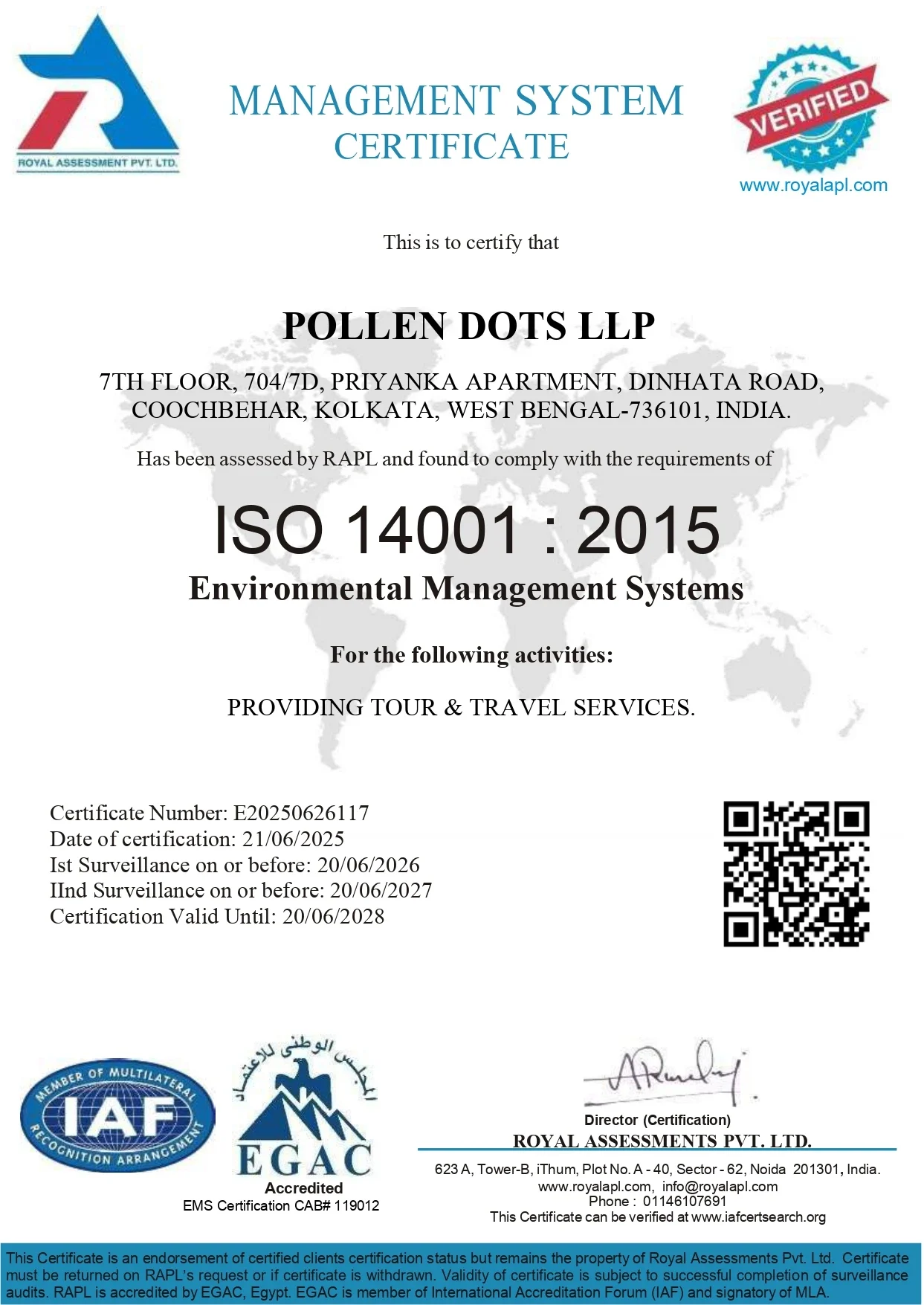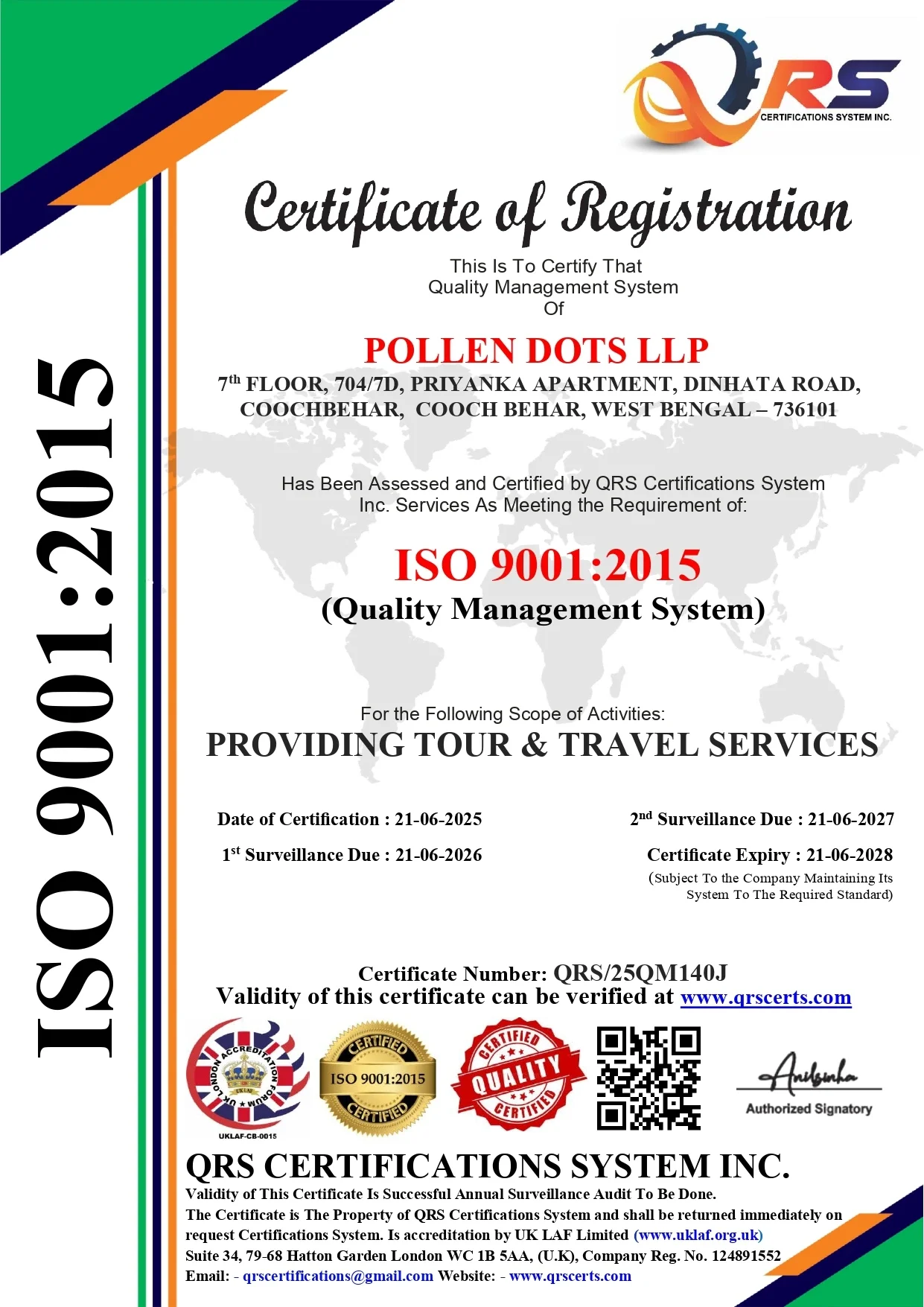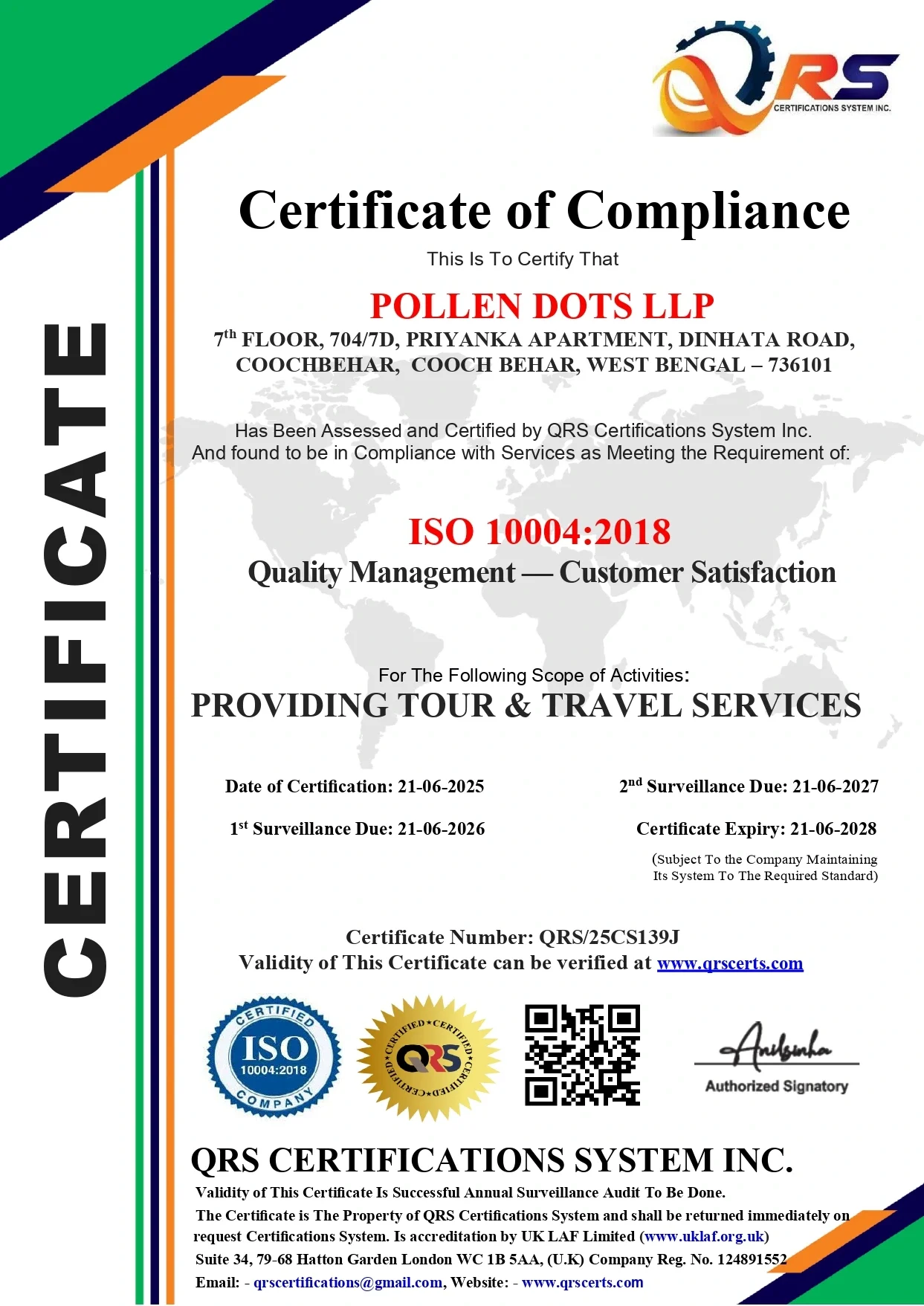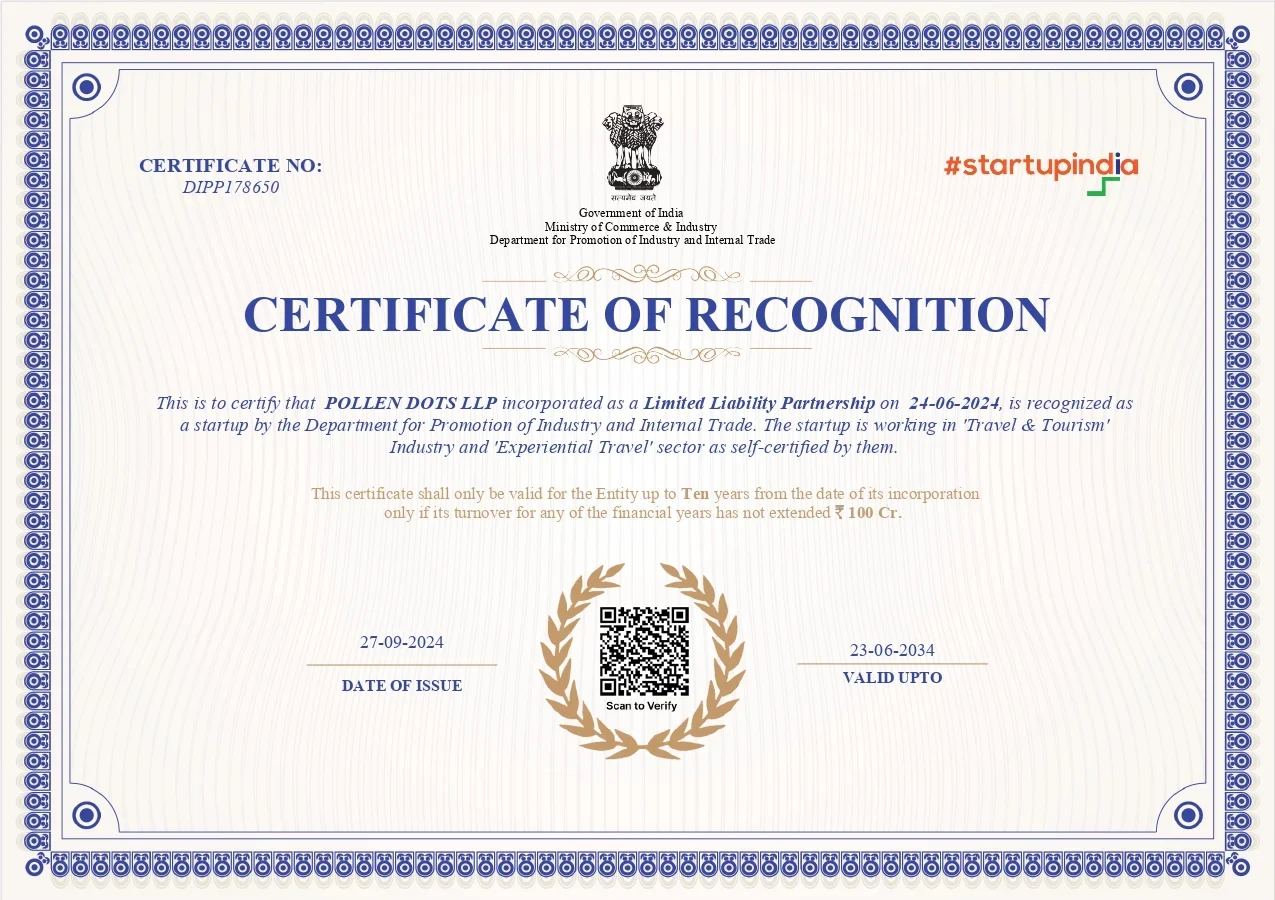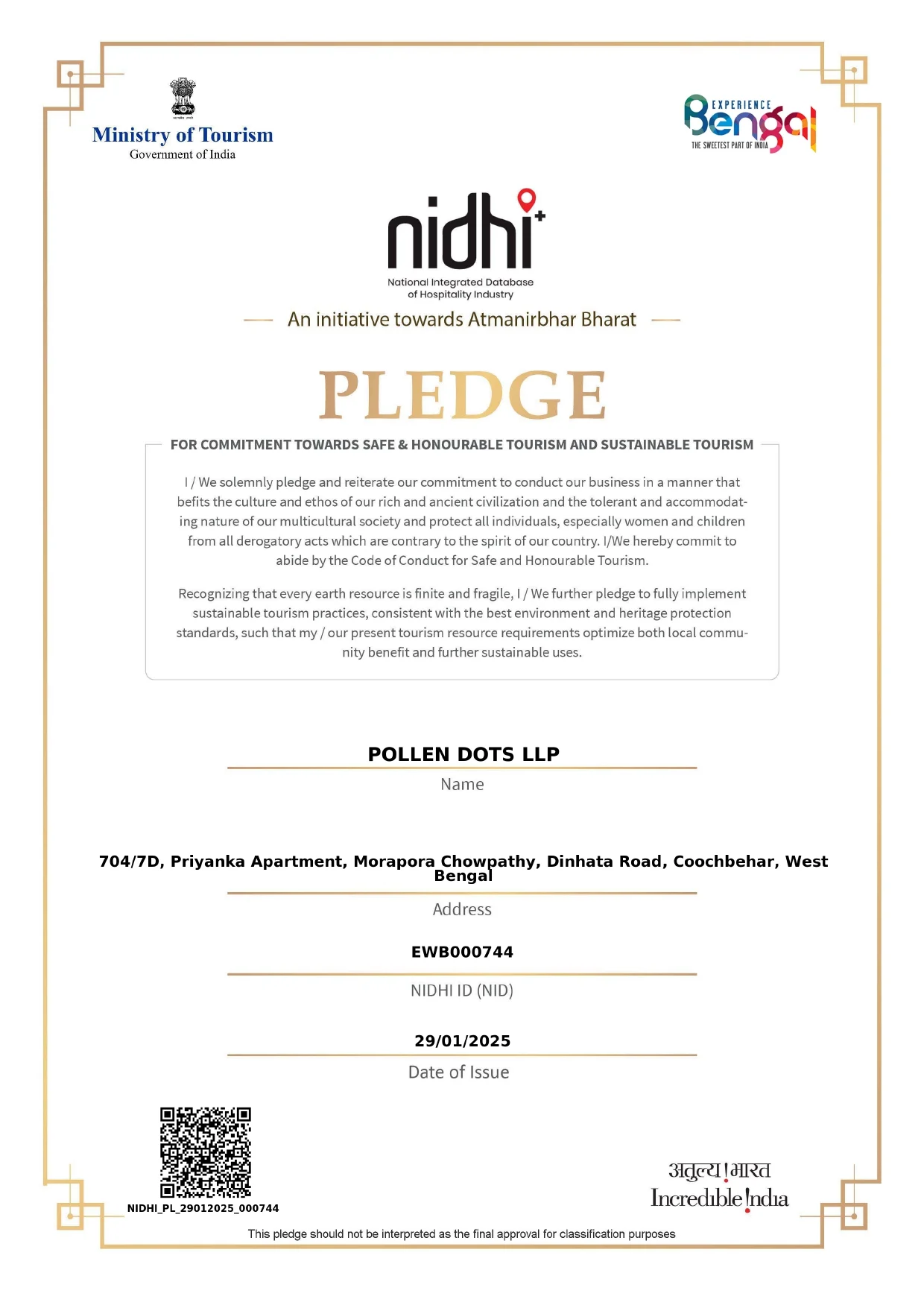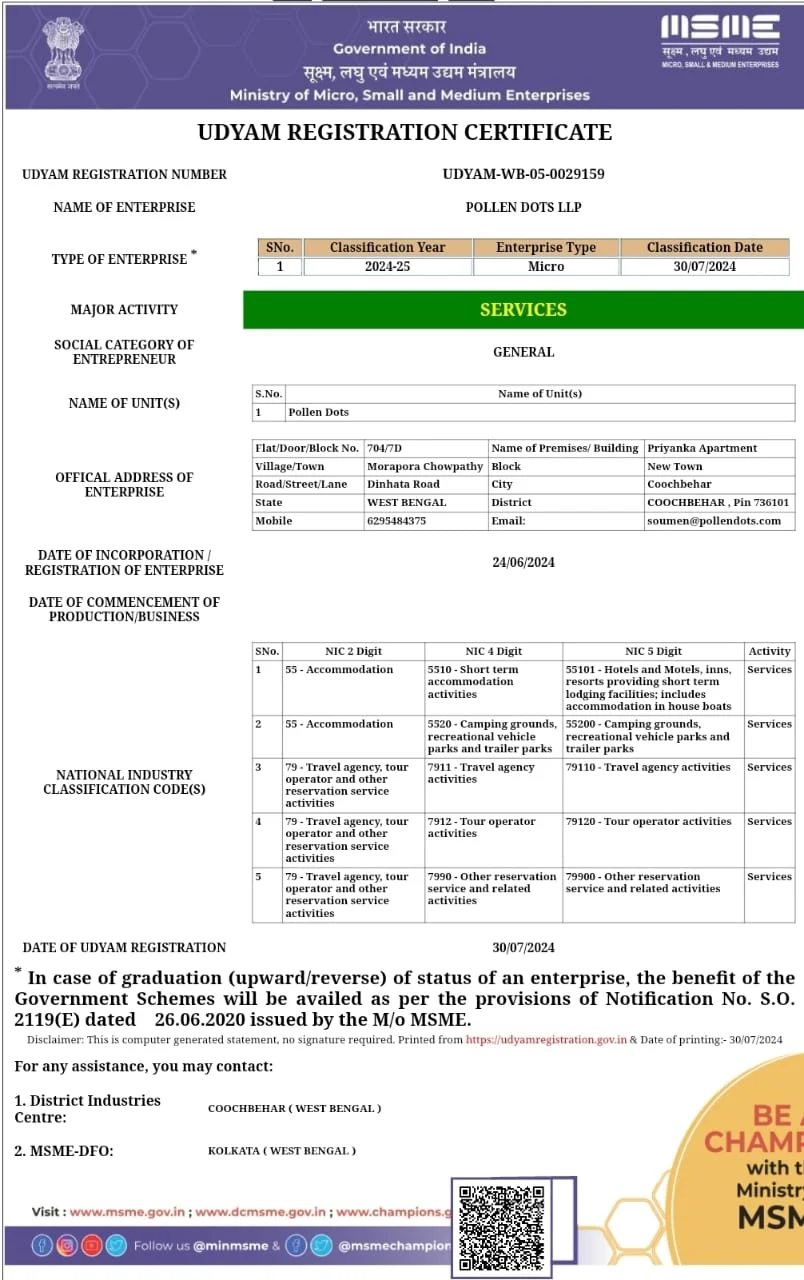Zemithang lies at the final edge of India’s northeastern frontier, brushing shoulders with Bhutan and Tibet. But it’s not just its remote geography that makes it special — it’s the sacred stillness that defines every inch of this valley. Nestled at 7,000 feet in the Tawang district of Arunachal Pradesh, Zemithang is home to the Monpa tribe, revered Buddhist sites, and breathtaking mountain silence.
This is where the mighty Nyamjang Chu River flows like a silken thread from Tibet, where each stupa carries centuries of whispered prayers, and where spirituality is a lived reality — not a show for tourists.
Where Borders Fade and Beliefs Deepen
Zemithang isn’t on many maps. Perhaps that’s its charm. The road to reach here from Tawang is long, winding, and not always paved — but the journey prepares you for the kind of peace this village holds. There are no big homestays, no cafés with “mountain views” — only families who open their doors and monasteries that open your heart.
This is a place where people don’t raise their voices, and the winds don’t disturb your thoughts. You’ll find your pace slowing, your senses awakening, your shoulders dropping.
The Gorsam Chorten: A Tibetan Echo in India
One of Zemithang’s most powerful landmarks is the Gorsam Chorten, said to be the largest stupa in Arunachal Pradesh. Built in the 13th century, its design mirrors the famous Boudhanath Stupa of Nepal. Circumambulating this chorten with the locals — prayer wheels spinning gently, the scent of incense lingering — is more than a ritual; it’s a moment of deep grounding.
In spring, the Gorsam Kora Festival brings together devotees from across Arunachal, Bhutan, and Tibet, turning this quiet village into a vibrant congregation of faith and tradition.”
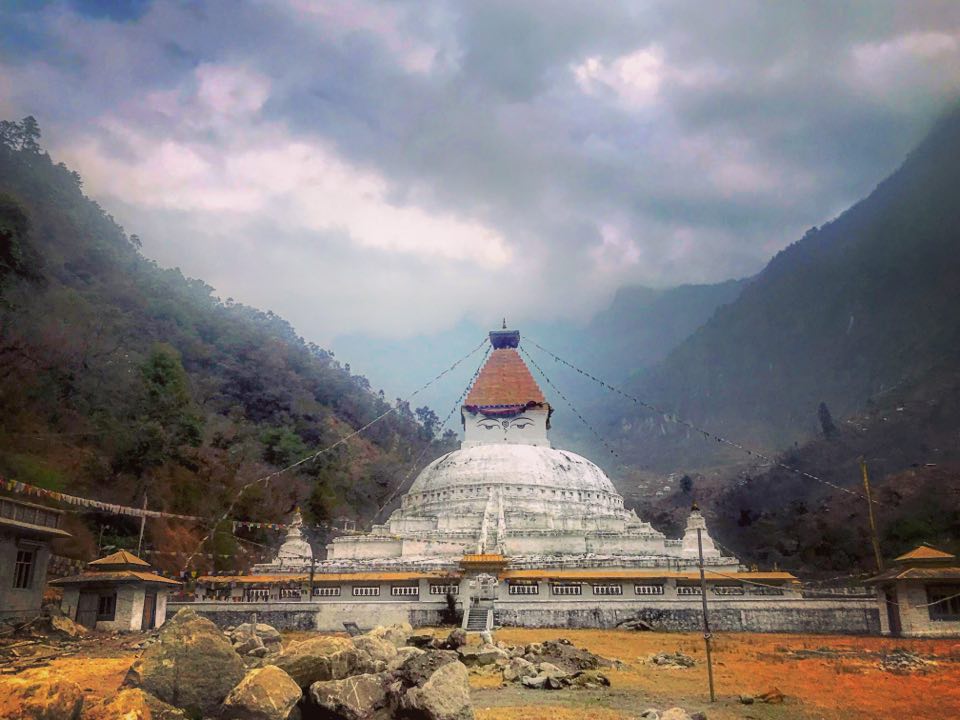
The Monpa Way of Life
The Monpa community is known for its warmth, craftsmanship, and deep Buddhist roots. Their homes are made of timber and stone, their daily rituals infused with gratitude, and their prayer flags fluttering from rooftops like personal blessings to the sky.
Visitors are often invited to taste putang (local millet beer), learn a few Tibetan chants, or simply share a hearth and stories under woolen blankets.
Experiences that Stay with You
- Walk the riverside paths where yaks graze and clouds descend like breath.
- Explore the lesser-known monasteries with murals that date back centuries.
- Witness Gorsam Kora — not as a tourist, but as an invited observer of devotion.
- Spend time with Monpa elders, listening to oral histories of borders, gods, and gratitude.
A Note for the Traveler
Zemithang is a gift. But it’s fragile — culturally, environmentally, emotionally. Do not come here with loud cameras or louder demands. Come if you’re ready to blend into its rhythms, however briefly. Stay small. Stay curious.
Sometimes, the farthest places bring you closest to yourself.”

